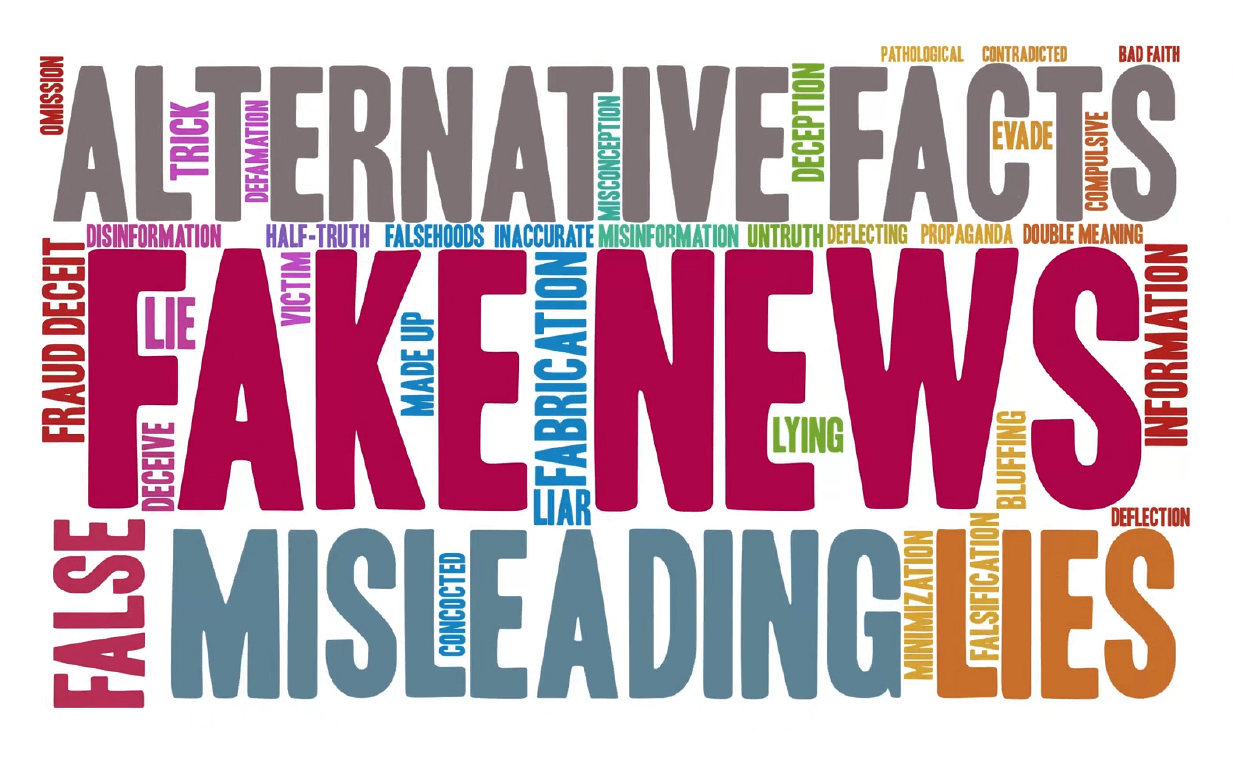Sedona AZ (February 21, 2010) – Depending on our response, we are either standing at the edge of the mother of all markets or we are staring at the mother of all problems. John Gardner, founder of Common Cause, described these challenges as “a series of opportunities disguised as insolvable problems.” Three decades of failed energy policy assures us that innovation is the only way out of this crisis. And yet, a not so funny thing keeps happening on the way to the green revolution. We keep throwing billions of dollars at the problem rather than at the solution, mortgaging our future rather than investing in it.
It is blindingly apparent that there is no free market in energy. In what free market would you give billions in permanent incentives to oil, coal and gas industries while stopping and starting every two or three years (for three decades) the insignificant tax breaks for wind and solar, thereby making long-term investment in these areas nothing short of precarious?
In a study by the Environmental Law Institute 2002-2008, it was found that the Federal Government provided substantially larger subsidies to fossil fuels than to renewables. Subsidies to fossil fuels – a mature, developed industry that has enjoyed government support for many years – totaled $72 billion over the study period, representing a direct cost to taxpayers. Subsidies to renewable fuels, a relatively young and developing industry, totaled $29 billion over the same period, with almost half of all subsides going to ethanol. Due to a strong industry lobby, questions about viability of ethanol as a fuel seem to have been ignored.
Most of the largest subsidies to fossil fuels were written into U.S. Tax Code as permanent provisions. By comparison, many subsidies for renewable fuels are time-limited initiatives, implemented through energy bills with expiration dates that limit their usefulness to the renewable industry. As Pentagon planners like to say “a vision without resources is a hallucination.”
“In the absence of revolutionary changes in energy policy, we are risking multiple disasters for our country that will constrain living standards, undermine our foreign policy goals, and leave us venerable to the machinations of rogue States.” –Senator Richard Lugar (R) Senate Foreign Relations Committee (2006)
Shortly before the end of the Civil War, President Abraham Lincoln stated, “As a result of the War, corporations have been enthroned and an era of corruption in high places will follow, and the money power of the country will endeavor to prolong its reign by working upon the prejudices of the people.”
As political pundits tirelessly pander subjective truth to compete for our loyalties and increase ratings while trivializing one of the most important and complex problems to ever face the nation, attainable solutions continue to become more painful and expensive every year we wait.
The starting point for this debate was the 1973-1974 Arab Oil Embargo, which prompted Presidents Gerald Ford and Jimmy Carter to push for higher fuel standards for American cars and trucks. Between 1975-1985, American passenger vehicle mileage went from 13.5 to 27.5 miles per gallon. The resulting oil glut from mid-1980 to the mid-1990s not only weakened OPEC, but also helped unravel the Soviet Union, the world’s second largest oil producer at the time.
While the U.S. was reeling from the affects of the Arab Oil Embargo, President Carter called for a nationwide campaign to conserve energy and began meaningful funding of renewable energy development, but things peaked soon afterward when he installed solar panels on the roof of the White House. “A generation from now,” Carter declared, “this solar heater can either be a curiosity, a museum piece, an example of a road not taken or it can be a small part of one of the greatest and most exciting adventures ever undertaken by the American people harnessing the power of the sun to enrich our lives as we move away from our crippling dependence on foreign oil.”
In one of the great acts of humiliating political symbolism, President Ronald Reagan tore down the solar panels, which spent many years in purgatory before eventually finding their way to the Jimmy Carter Library and Museum in Atlanta Georgia where they sit on display in silent reproach to all who drive Hummers and own high-wattage plasma television sets.
Reagan’s White House also teamed up with the Democratic Congress to allow the tax incentives for solar and wind start-ups to lapse. Several of these companies and their technologies, originally taxpayer funded, ended up being bought by Japanese and European firms – helping to propel those countries’ renewable industries. Corporate Average Fuel Economy standards were rolled back to 26 miles per gallon (mpg) and budgets for most of President Carter’s alternative energy programs were slashed, particularly the Solar Energy Research Institute and its four regional centers which were just getting off the ground. These policy shifts were instrumental in building our current dependence on Saudi Arabia and the beginning of the greatest shift of wealth in history, enriching petro-dictators around the world hostile to U.S. interests. Since then, Republican and Democratic administrations alike have continued down this ruinous path, encouraged by lobbyist whose budgets defy common sense.
In 1976, physicist Amory Lovins published an essay in Foreign Affairs called “Energy Strategy: The Road Not Taken?” Lovins argued that the country had arrived at an important crossroads and could take one of two paths. The first, supported by U.S. policy at the time, promised a future of steadily increasing reliance on dirty fossil fuels and nuclear fission that carried serious environmental risks. At a time before Al Gore was even in Congress, Lovins noted: “The commitment to a long-term coal economy many times the scale of today’s makes the doubling of atmospheric carbon dioxide concentration early in the next century virtually unavoidable, with the prospect then or soon thereafter of substantial and perhaps irreversible changes in global climate.” He dubbed this “the hard path.”
The alternative, which Lovins called “the soft path,” favored “benign” sources of renewable power like wind and sun, along with a heightened commitment to meeting energy demands through conservation and efficiency.
There are no 25 easy steps to convert to a clean energy economy while saving the Earth. As long as we embrace this simplistic and dysfunctional obsession with convenience, we will continue down the comfortable path to collective suicide.
While the costs of developing a clean energy economy are constantly challenged regarding the necessity of public subsidies, some important FACTS must be considered.
Traditionally, energy companies paid the U.S. Government royalties in cash for oil and gas extraction on public lands under a system called “Royalty-in-Value”.
In the last decade, a new system long favored by oil industry lobbies (including the American Petroleum Institute, the U.S. Oil and Gas Association, the Domestic Petroleum Council, and the Independent Petroleum Association of Mountain States and strongly supported by the Bush administration) allows producers to pay Federal royalties in oil and gas at the wellhead. The new system called “Royalties-in-Kind” (RIK) allows oil companies to avoid paying taxpayers additional revenues when oil prices increased.
The RIK program administered by the Interior Department’s Minerals Management Service (MMS) was found to be riddled with conflicts of interest, unprofessional behavior and ethical breeches by an Interior Department investigation. Investigators reported that officials in the royalty program had accepted gifts from energy companies that exceeded limits set by ethics rules, and also concluded that several of the officials had “frequently consumed alcohol at industry functions, had used cocaine and marijuana, and had sexual relationships with oil and gas company representatives.”
News reports suggest that taxpayers could lose up to $10 billion due to botched management of this royalty program. In addition, several Interior auditors alleged that the agency had prohibited them from collecting other fees from major oil producers. What is clear is that RIK has been a good deal for the oil industry and a bad deal for taxpayers. According to the Government Accountability Office, this system could allow the oil industry to escape up to $54 billion in legitimate royalties, depending on the price of oil.
The oil and gas industry has criticized efforts to kill the program, saying it would be burdensome and costly for both the government and the companies.
In 2007, four Interior Department auditors filed false claim lawsuits against companies for allegedly defrauding the government by underpaying royalties. These auditors felt it was the only thing left that they could do because their managers were refusing to collect the monies that were owed by these oil companies. Beth Daily, with the Project on Government Oversight, says that over the past 15 years, States and private citizens have collected around $11 billion related to underpaid royalties.
We can no longer live in denial regarding the true costs of fossils fuels to our health, environment and economy. Many American’s who have no financial cushion left are already suffering from the effects of continued inaction and failed policy. At some point, no one will be exempt from the harsh realities as energy companies continue to externalize massive costs from environmental damage on an uninformed or uncaring public. We must become energy literate, or brace ourselves for the consequences… Fix the problem or nature will.
This SedonaEye.com article is submitted and written by Mark Schmidt, Development Director of Greenworld Energy Foundation with the recommendation to read Thomas Friedman’s Hot, Flat, and Crowded.



America Was Wrong About Ethanol, Study Shows
Seeing this headline on news like CNN: New research out of the University of Wisconsin-Madison suggests “the carbon intensity of corn ethanol is no less than gasoline and likely at least 24% higher.”
We were wrong about ethanol and don’t prolong the mistake. Buy your gas that doesn’t have ethanol. My auto mechanic told me this years ago but I thought I was smarter than him because he didn’t have a college degree in natural sciences like me. That you too?